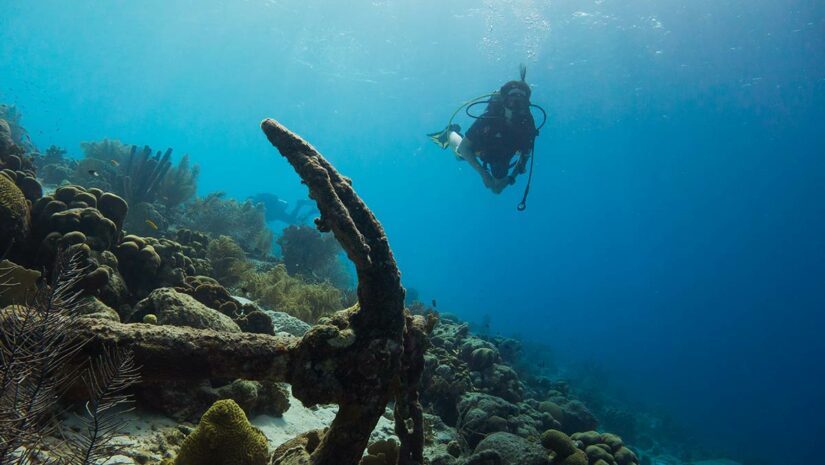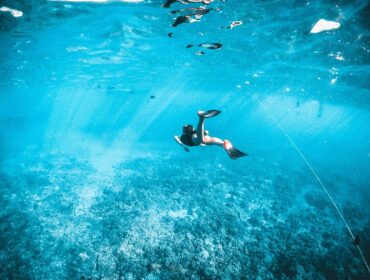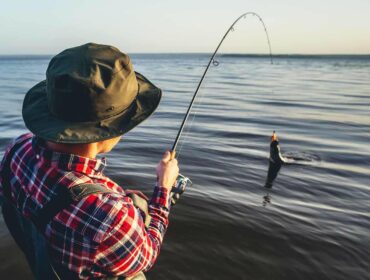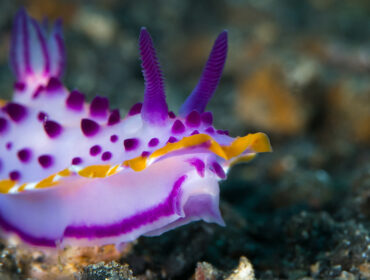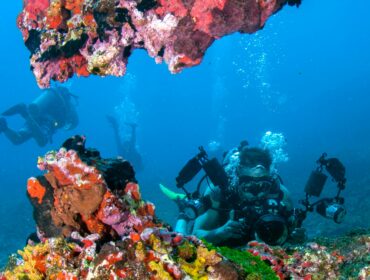So you’ve decided that you want to get scuba-certified. The next question you might ask yourself is where to take the plunge. PADI’s Open Water Dive course requires both practical and in-water components. You can do your practical component in person or online through PADI eLearning. The nice thing is, even if you opt to do your in-class learning in one location, you can do your open water dives anywhere in the world, including in these best places to learn to scuba dive!
Luckily for you, this planet is full of beautiful places to learn to dive. You’ll indeed find a dive spot that suits your schedule, budget, and underwater interests!
Here are some of the top destinations worldwide to learn to scuba dive.
10 Best Places to Learn to Scuba Dive
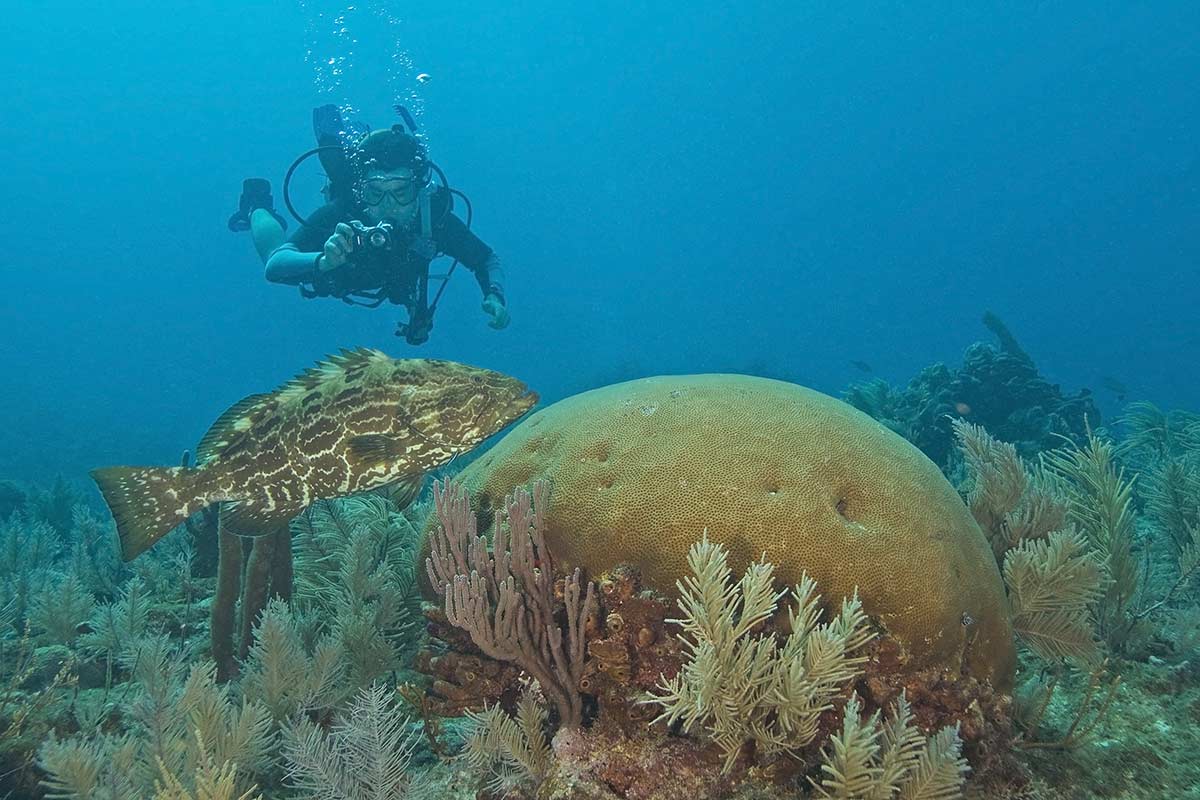
Florida Keys
While maybe not the most exotic, the Florida Keys are one of the best places in the world to dive. They’re especially great for beginners. It’s a spot I return to yearly because of the calm waters and nationally protected shallow reefs. These reefs stretch over 100 miles and are home to exciting marine life like lionfish and giant groupers.
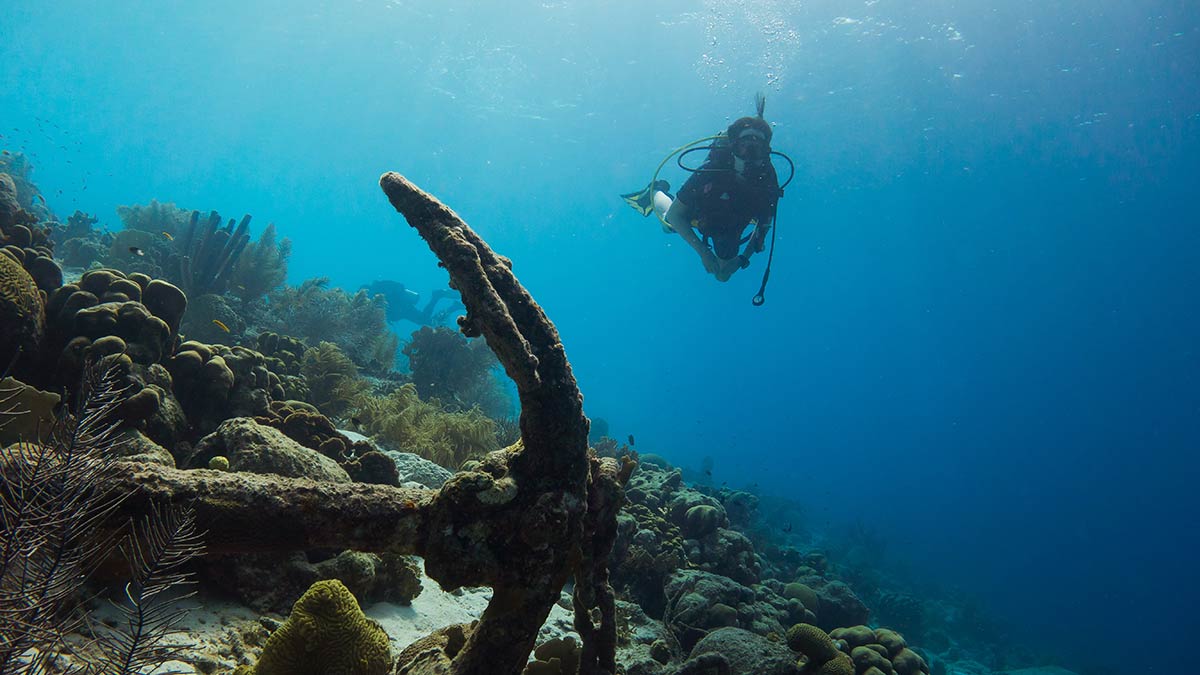
Bonaire
The Dutch Caribbean island is another one of my favorite dive locations. Famous for its shore diving, Bonaire is often called a “Diver’s Paradise.” There are 89 different dive sites off the island, and because Bonaire lies just outside of the hurricane belt, you can dive here at any time of year.
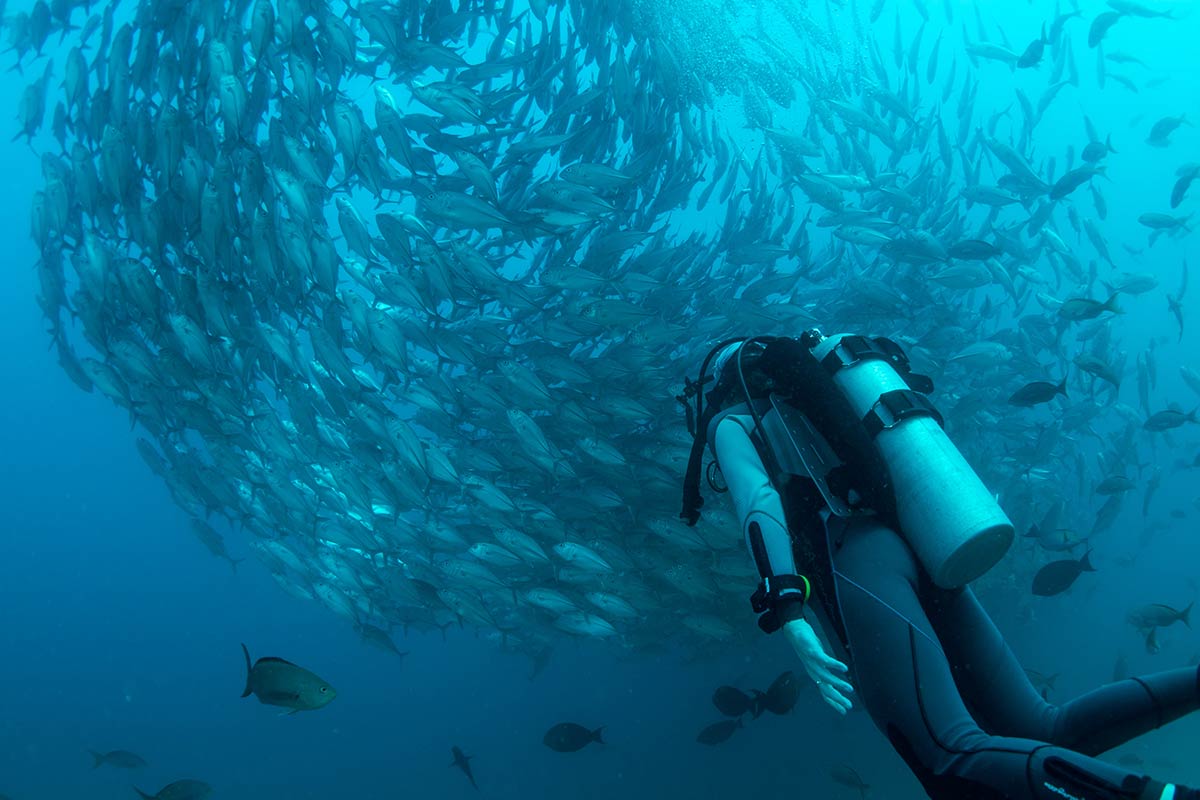
Mexico
There’s a reason that Mexico always appears on lists for the top-rated places to learn to scuba dive. Mexico’s marine life has everything, from colorful schools of fish to friendly seals and even great white sharks. There is so much to explore on either of Mexico’s coasts. It’s the perfect spot to get acquainted with the underwater world. Just be warned — it’s setting a high bar against which future dive destinations can compete!
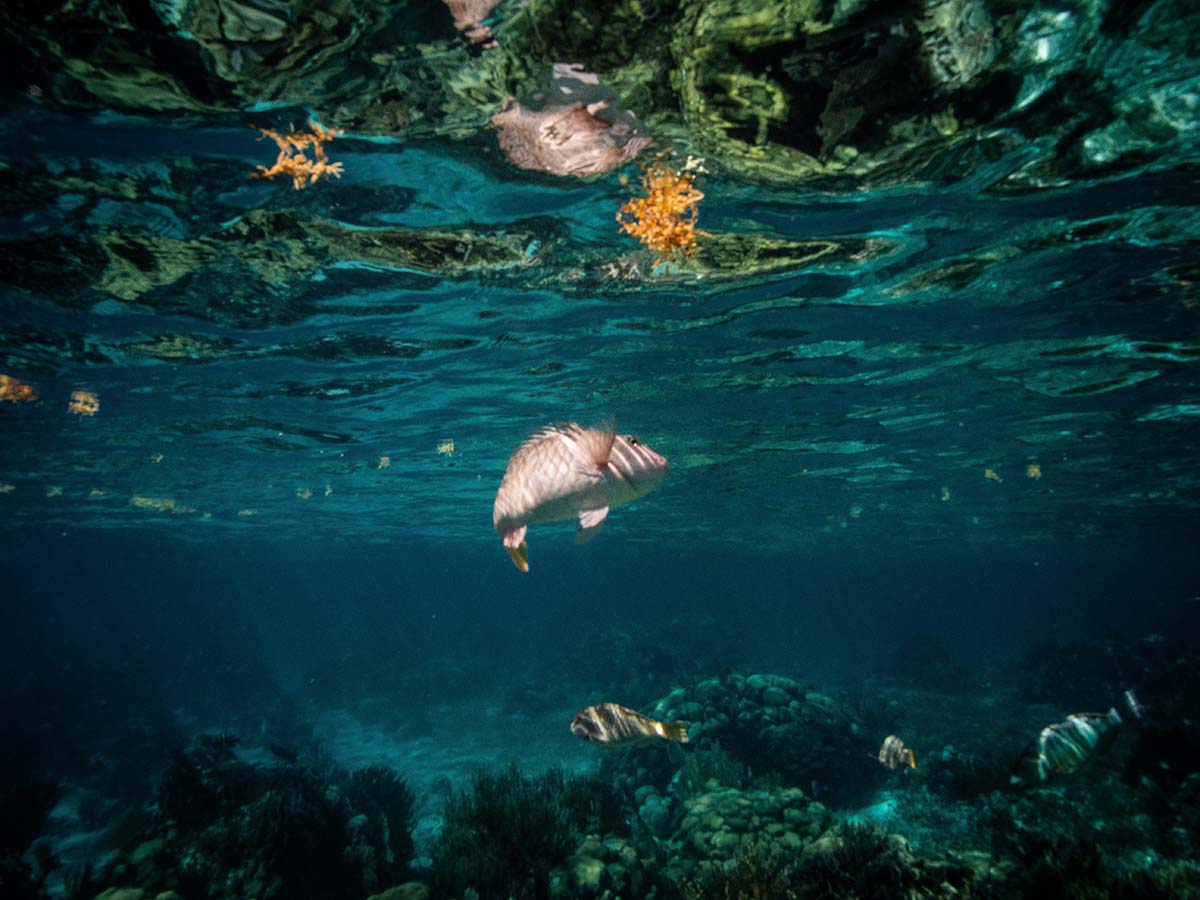
Belize
Dwarfed only by Australia’s Great Barrier Reef, the Belize Barrier Reef Reserve System is one of the most beautiful places to dive in the world. Belize is home to countless dive sites, including the iconic Great Blue Hole, which is often deemed one of the best dives in the world. Certification fees in Belize are higher than anywhere else in Central America, but the experience here is unbeatable.
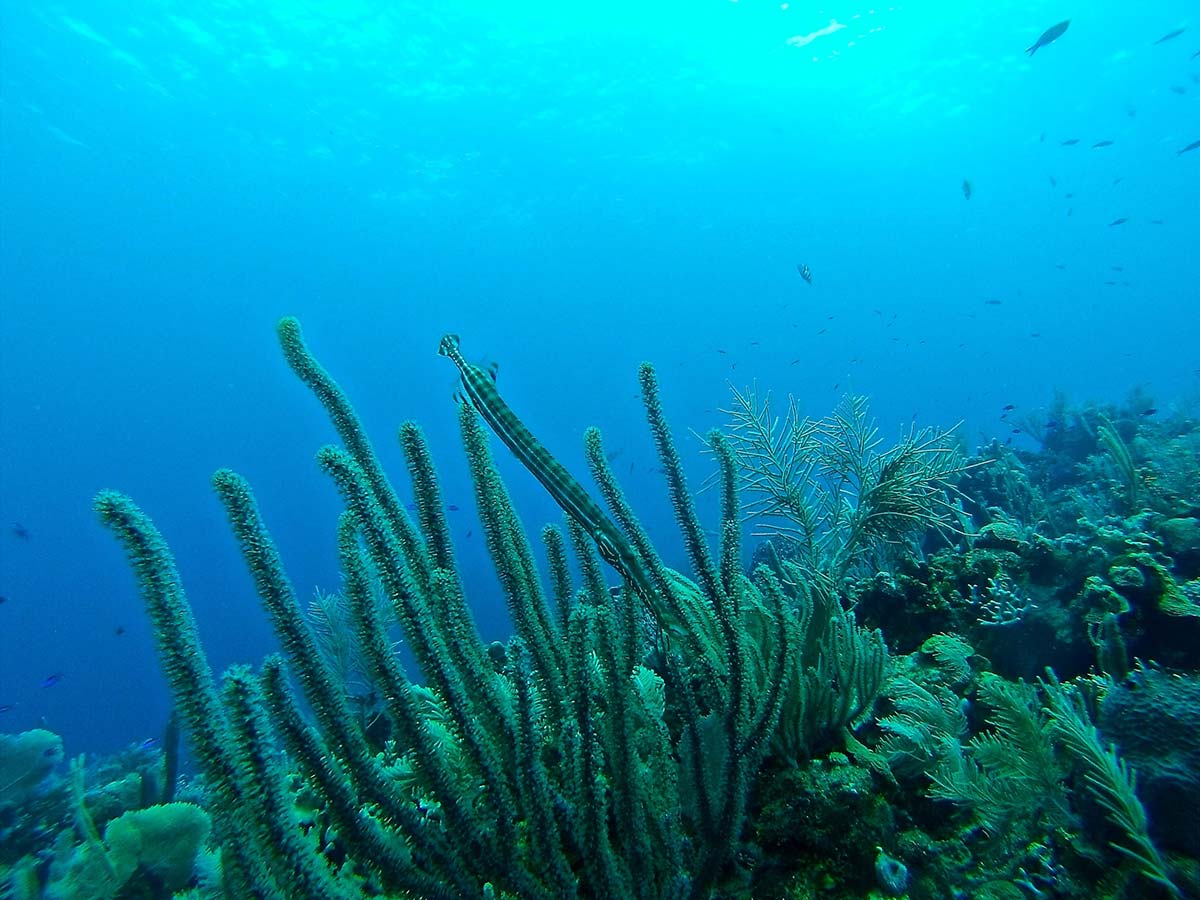
Honduras
If you’ve heard anything about scuba diving, there’s a good chance that you’ve already heard of places like Roatan, Utila, and the Bay Islands in Honduras. These backpacker havens are popular among divers because of the beautiful Mesoamerican Barrier Reef System and the great quality of dive education coming out of places like Utila Dive Center.
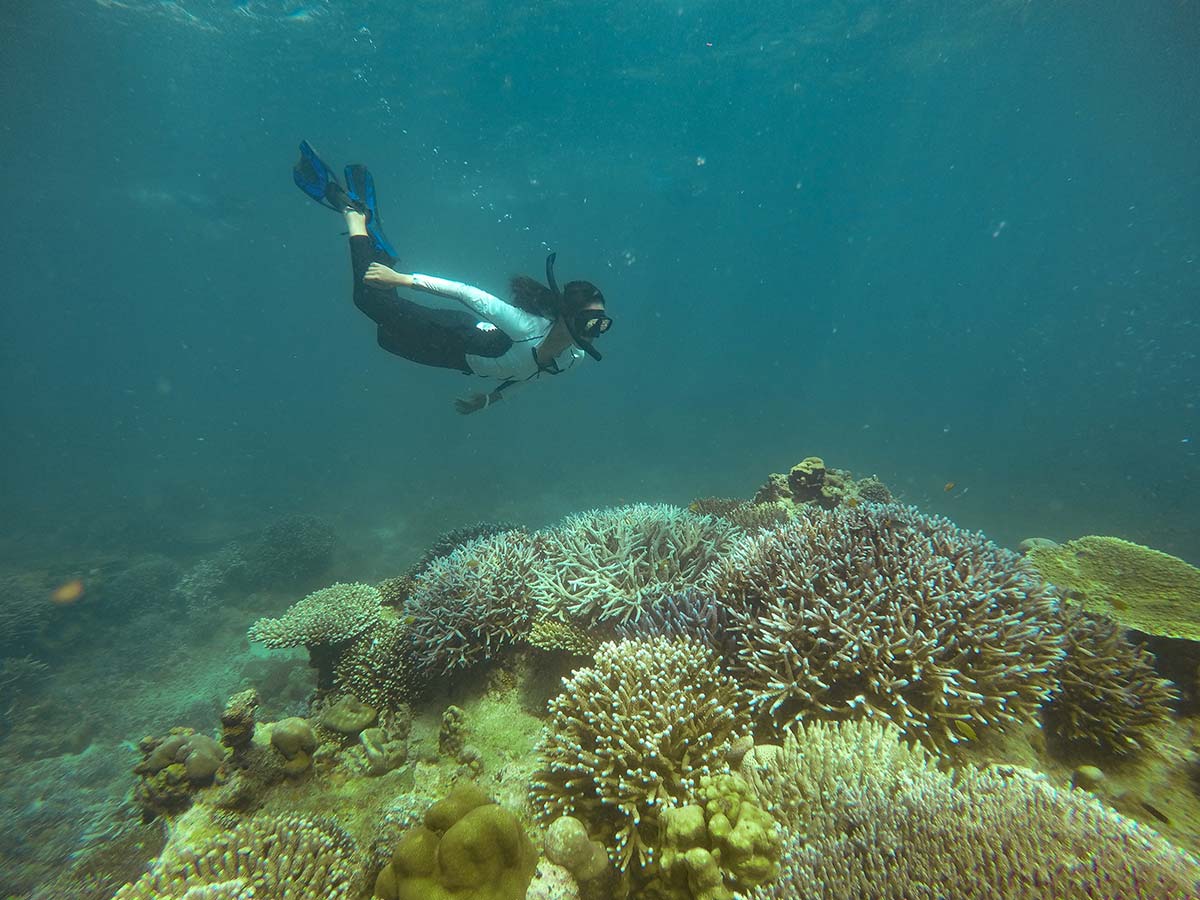
Thailand
With great visibility year-round, Thailand tends to be another popular destination for traveling scuba divers. The country’s scuba diving headquarters, Ko Tao, is also one of the few places in the world where you can spot whale sharks. A run-in with a whale shark on your first open-water dives would make you a scuba legend!
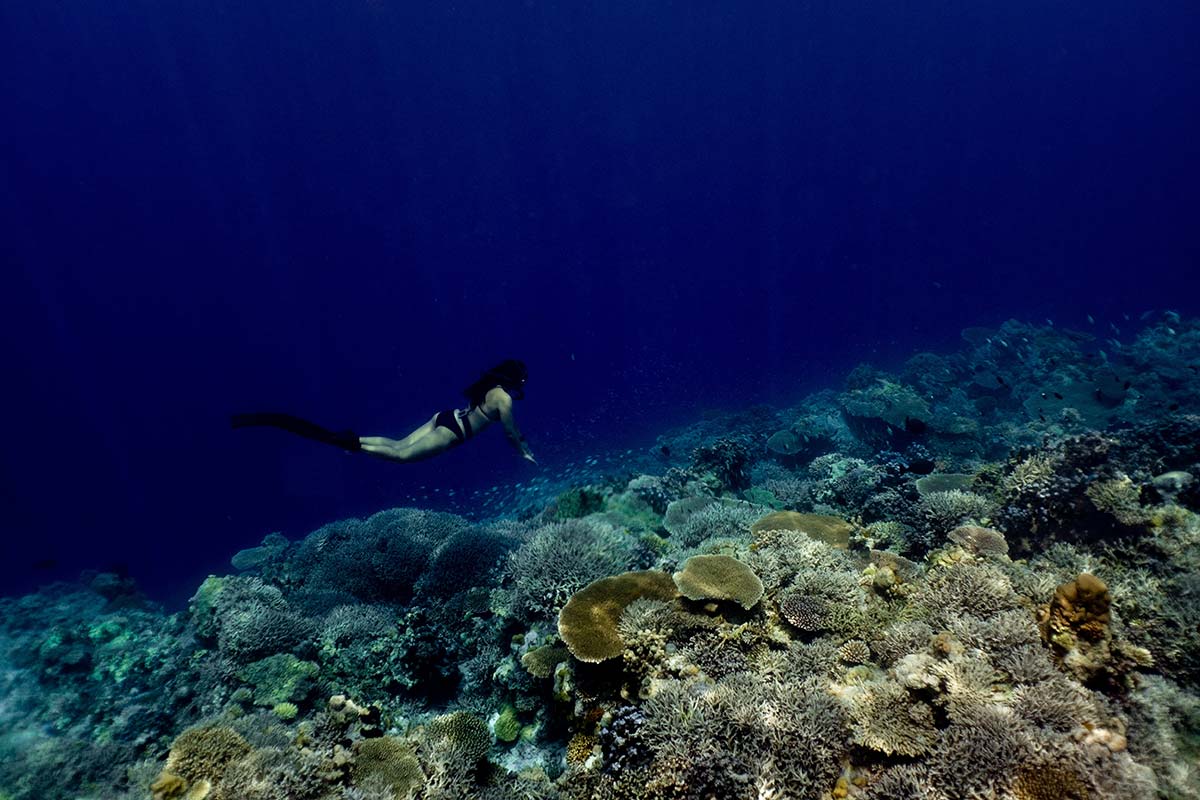
Philippines
Located in the middle of the world’s “coral triangle,” the Philippines are home to the richest concentration of marine life on the planet. Over 5000 different species of clams, snails, and mollusks live in these waters! Aspiring divers should plan to get certified during the November to June dry season for the best visibility.

Maldives
The Maldives is a low-lying country made up of over 1,100 different islands. Each island is home to dreamy white sand beaches and excellent reefs with an abundance of marine life. If you’re looking to get scuba certified somewhere “off the grid” where you can really unplug and just focus on the waves, then the Maldives is the perfect place to do it.
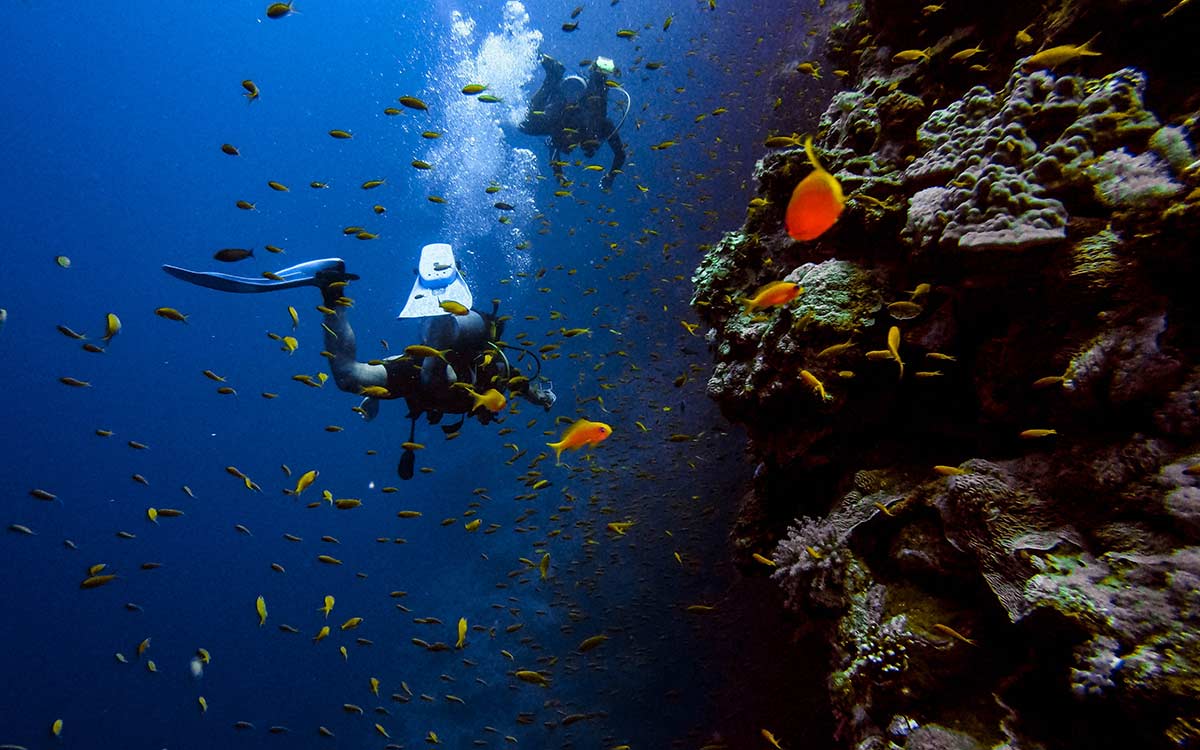
Egypt
With wonderfully calm and clear conditions, Egyptian reefs offer ideal conditions for new divers. Most resorts in areas like Hurghada and Dahab have dive shops on-site offering diving and certification packages. And with plenty of shore diving sites, you’ll be able to conventionally dive as much as you want after being certified and experiencing Egypt’s vibrant marine life.
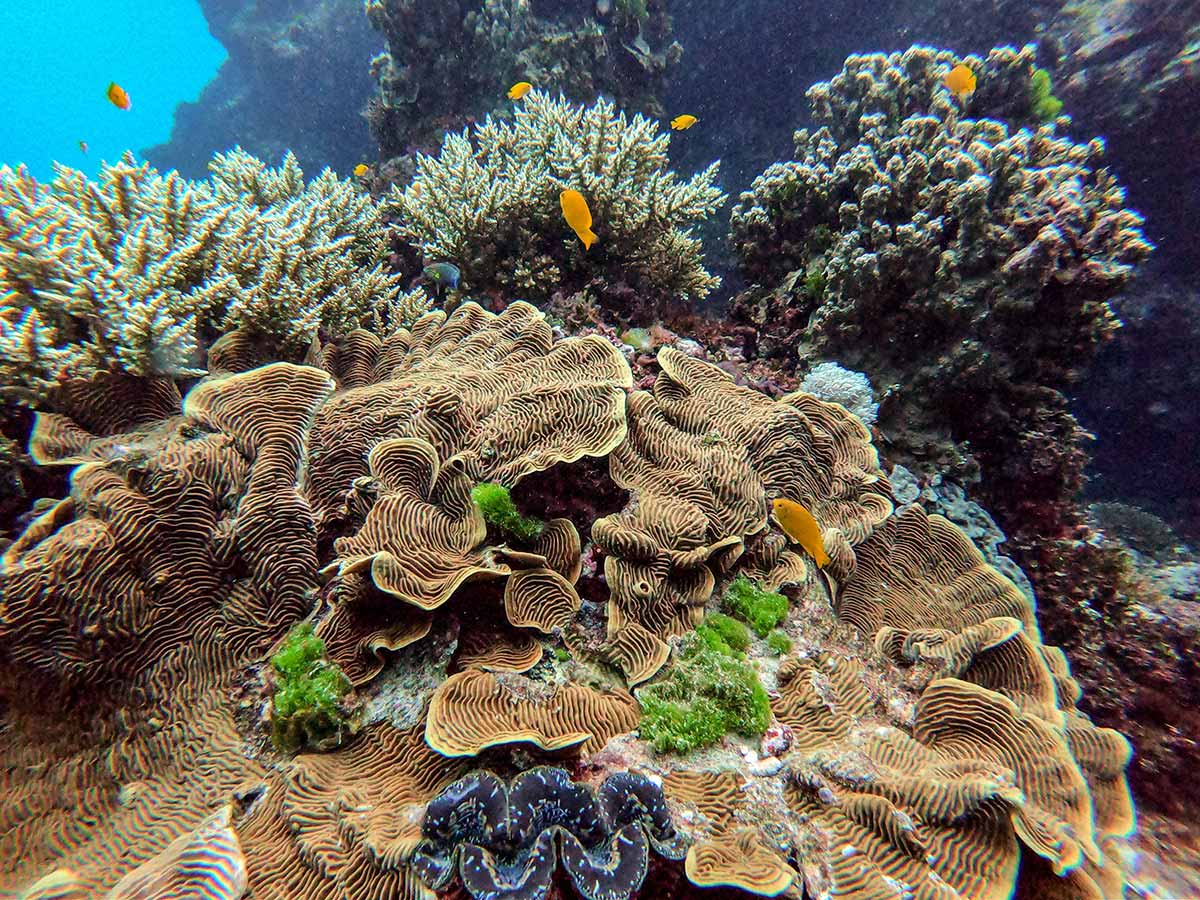
Australia
Of course, the world’s most extensive reef system is also one of the most incredible places to get scuba-certified. Despite the negative impact that climate change has had on the 1,430-mile-long reef system, it’s still worth diving into today. Plan your certification between August and December for the best diving conditions.
No matter where you decide to get certified, those first few breaths under the water will change your life forever.
Written by: Emily De Sousa

